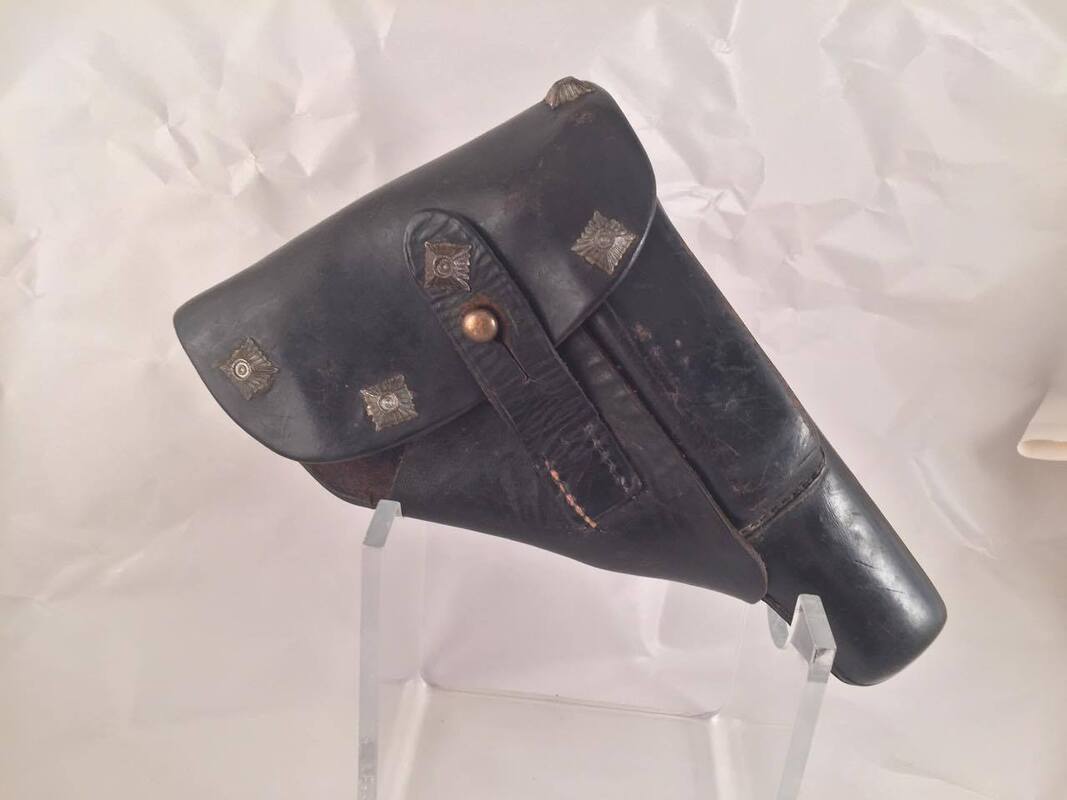|
On this day (April 30th), in 1945, the Third Reich began its final disintegration with two significant events. First, at around 3:30pm, Adolf Hitler and Eva Braun committed suicide (if you want to hate them even more they killed his dog to test the cyanide first). Only a few hours later, under the cover of darkness, Lieutenant Rakhimzhan Qoshqarbaev of the 674th Infantry Regiment was the first Soldier to hoist a Soviet flag over the Reichstag. While the fate of Germany had been sealed for quite some time (at least since the Battle of the Bulge), these events served as significant symbolic stakes through the heart of the Nazi regime. The Hitler suicide (which the Germans tried to spin as ole’ Adolf dying as a hero defending Berlin) touched off a leadership shakeup and a rash of imitation suicides by high-ranking Nazis fearful of falling into Allied hands. The raising of a flag over the capitol of a defeated enemy is a timeless symbol of conquest, and surely buoyed the spirits of those still engaged in brutal city fighting. While the flag didn’t last long (it was destroyed by Germans in the continuing back-and-forth fight) it would be re-staged and re-shot like many significant events throughout the war. While Eva Braun died by cyanide alone, Hitler opted for the “pistol-and-poison” method recommended to him by an SS doctor about a week prior. Most sources indicate that the sidearm he chose to back up the poison was a heavily engraved Walther PPK (or possibly a PP) in .32 ACP / 7.65mm The pictured firearm is representative of the much plainer weapon carried by numerous members of the German police and military starting with its introduction in 1930. PPK stands for Polizeipistole Kriminalmodell (detective police pistol), but it also found favor with many higher ranking military officers who wanted to carry a sidearm, but didn’t want to bother with a full size pistol like the Luger or the P38. This pistol was produced in 1939, and predates the use of German Army acceptance marks on the frame and slide. However, it is quite possible that it was used in military service, either through the supply chain or via private purchase by a military officer. While not verified by any paperwork, this pistol came to me “out of the closet” of a veteran’s widow and was accompanied by the pictured holster. The holster is a standard military pattern, and has German “rank pips” pushed through the leather. This seems to be a decorative embellishment added by a GI who relieved the pistol from its previous owner, as well as some bling to jazz up the holster a bit.
0 Comments
Leave a Reply. |
Jon K.Weapons collector, history buff, Army officer, Pug enthusiast. Archives
December 2020
Categories
All
|






 RSS Feed
RSS Feed
